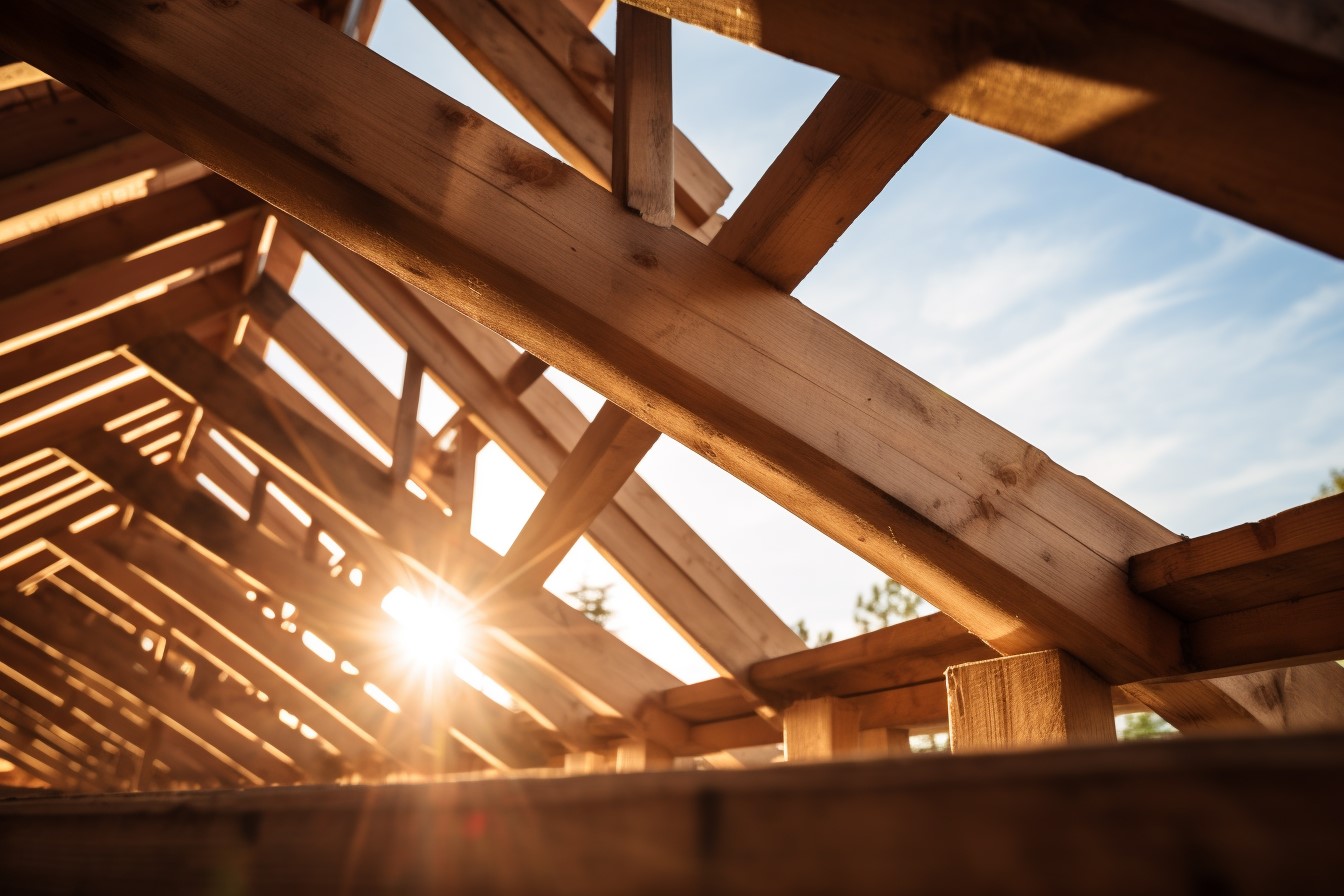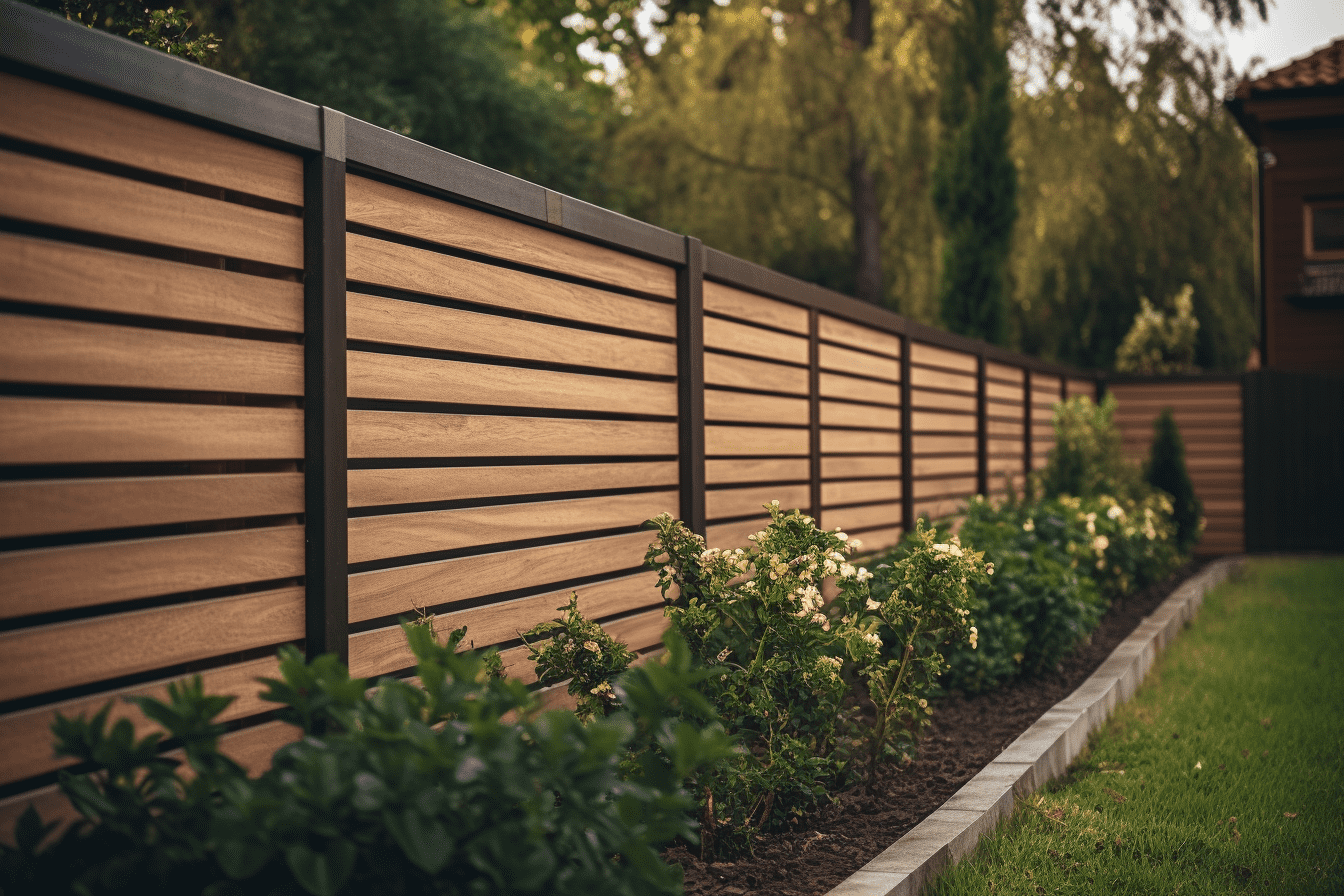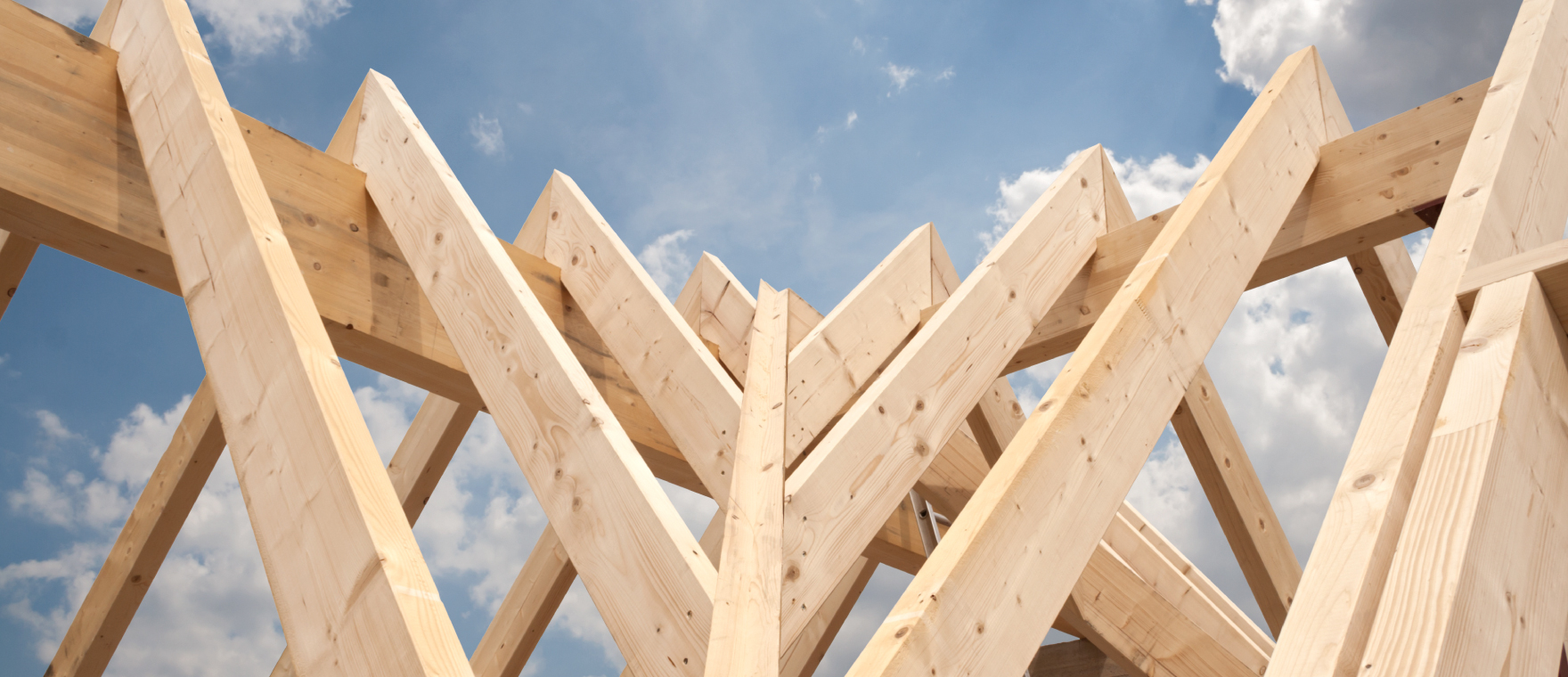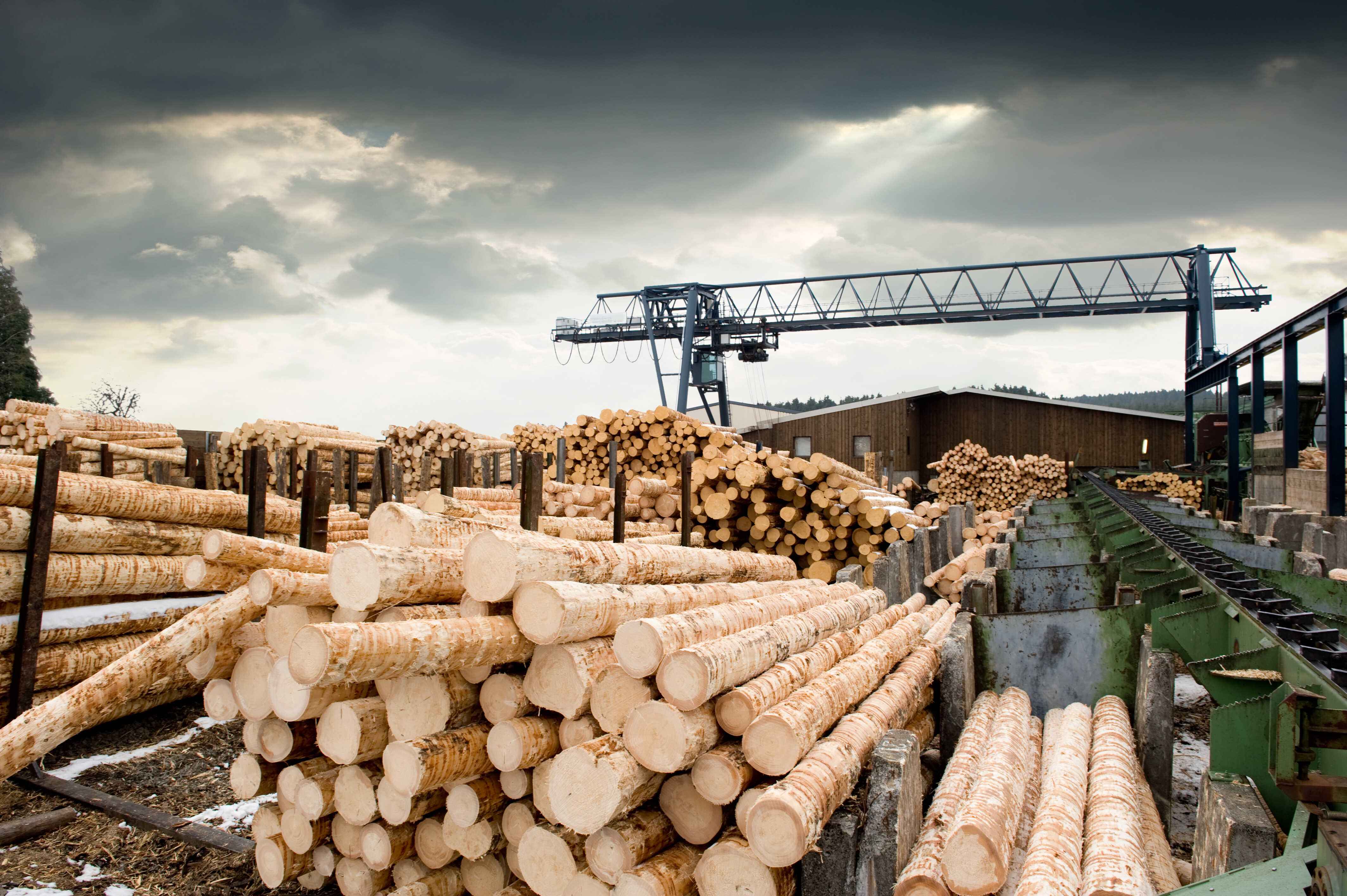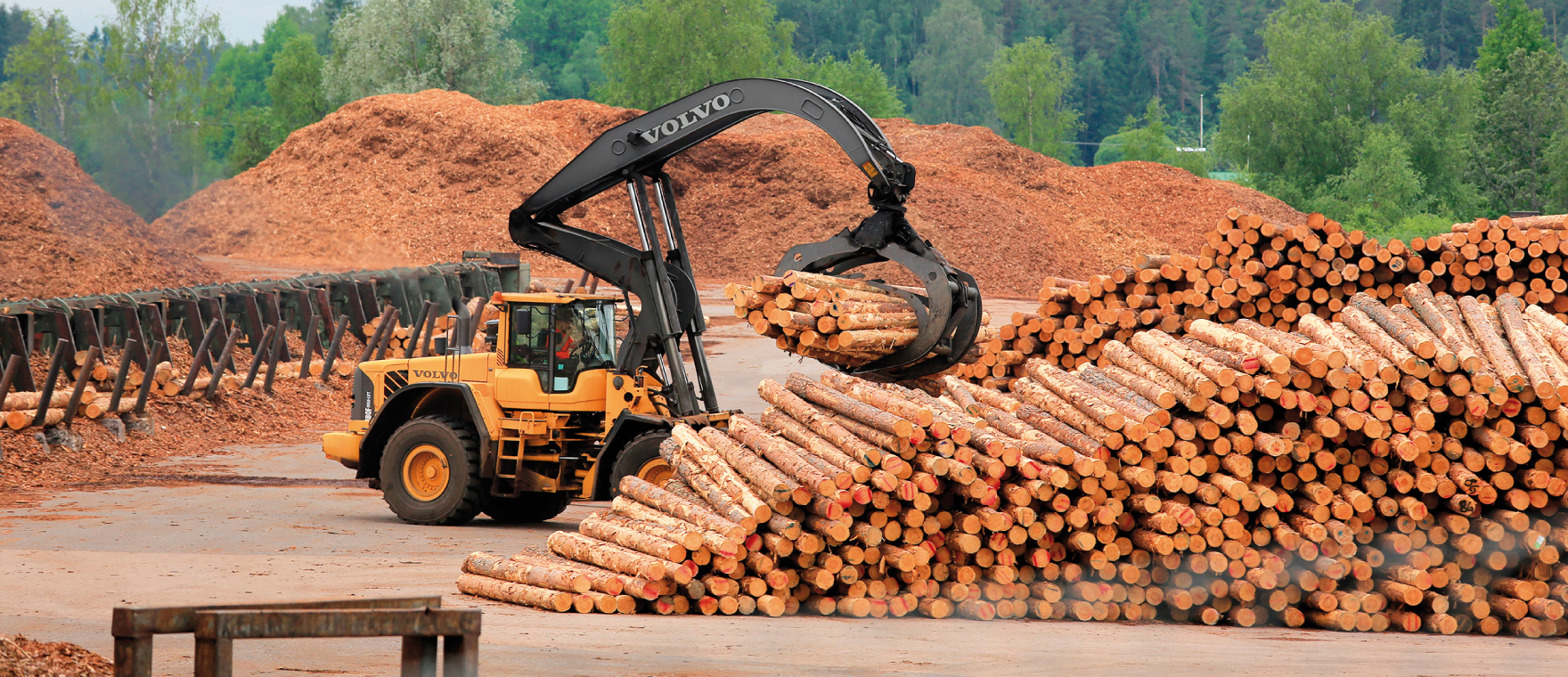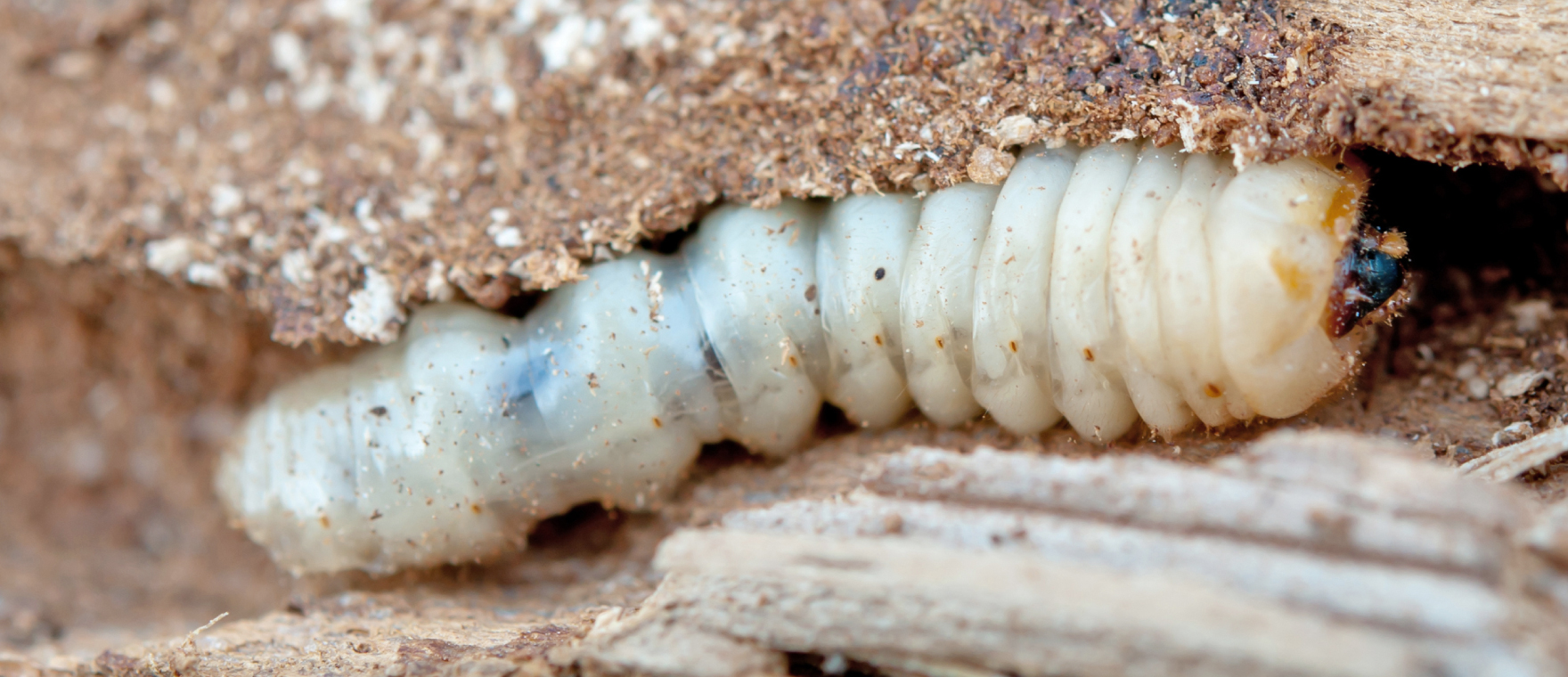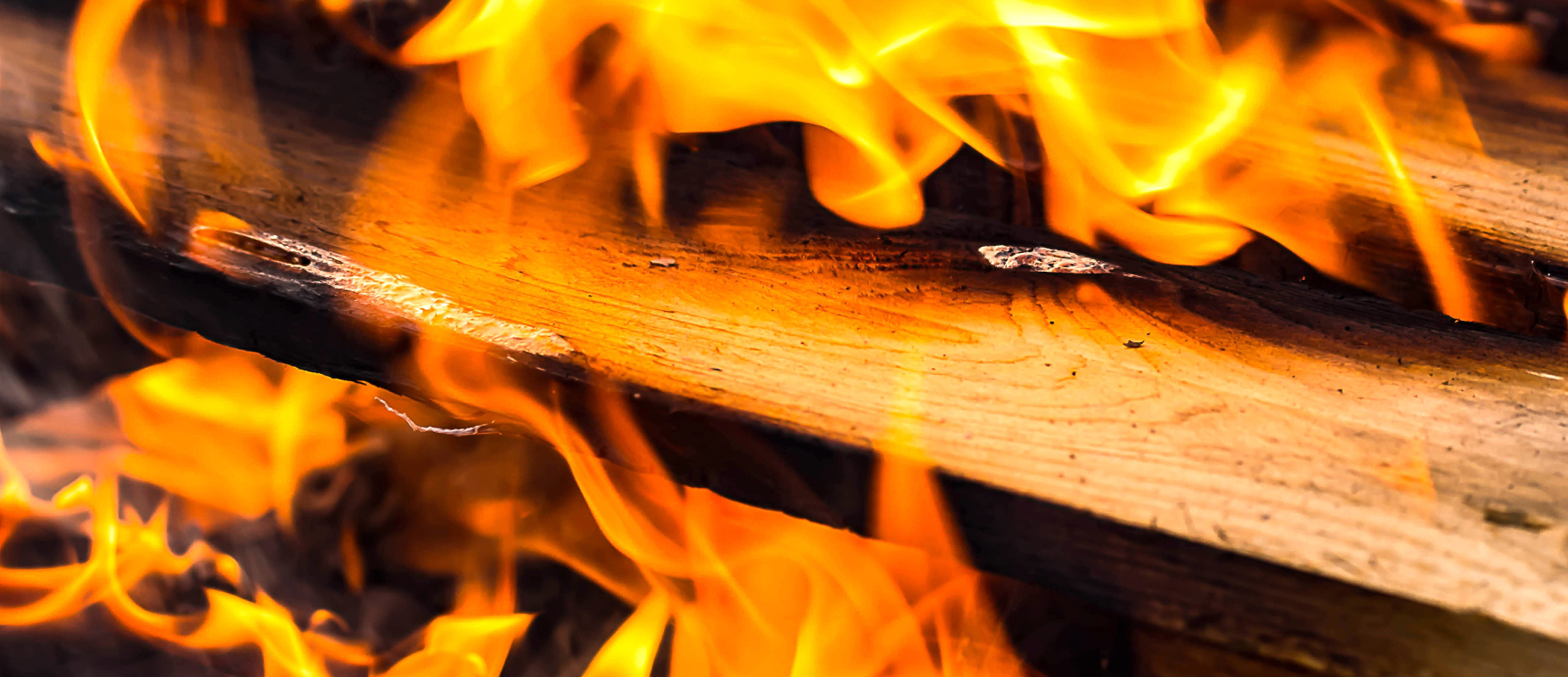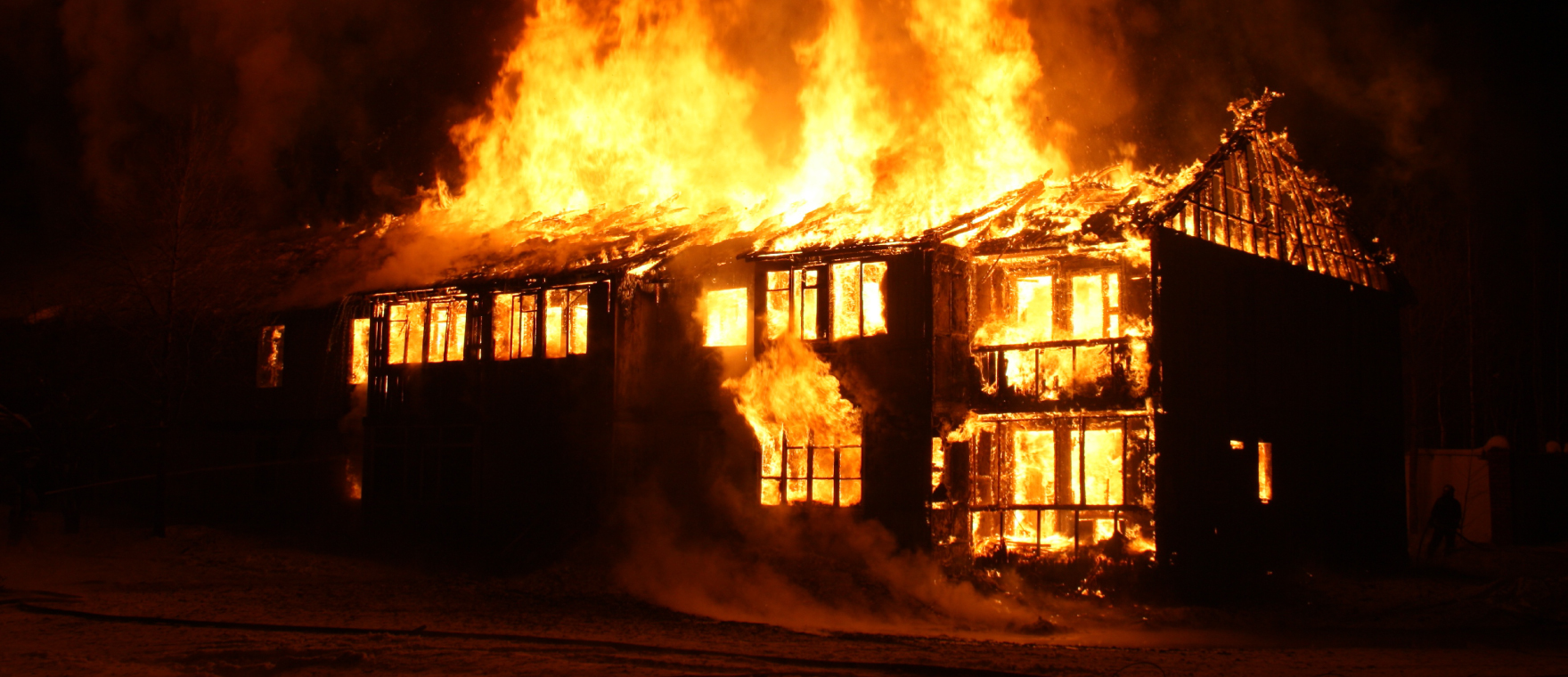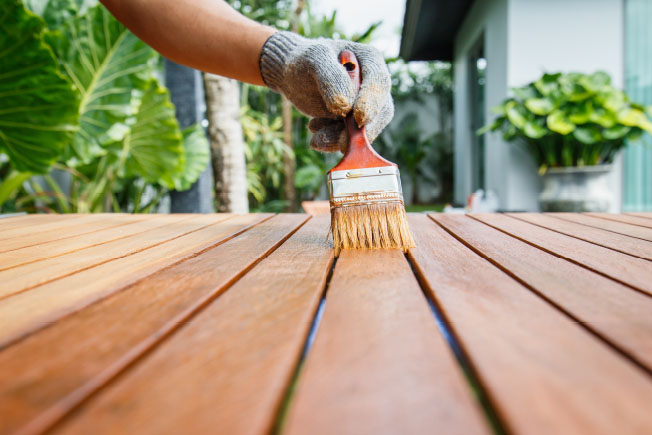Wood-decaying insects can cause significant damage to trusses and other timber structures of buildings.
01. Woodworm
Our climate´s best- known wood-destroying insect. This pest comes in many species. It chiefly infests timber from conifers and deciduous trees, especially in colder and humid climates (woodworm does not develop in timber with a moisture content of below 10%). Infested timber weakens and decomposes. The timber’s decay is caused by the woodworm larvae, which create corridors in the inner structure and thus reduce the mechanical function of timber elements. Woodworm larvae do not tend to disrupt timber’s outer layer, meaning that infestations are often concealed from the human eye for long periods of time. Hatched adults depart the wood through exit holes of 0.5 - 2 mm in diameter, giving rise to coarse, powdery frass.
02. Longhorn beetles
Longhorn beetles - in particular the house longhorn beetle and the purple longhorn beetle - are the most common wood- decaying insects. Longhorn beetles thrive in warm temperatures and, therefore, they find their optimal conditions in attic roof trusses, causing greatest damage to built-in coniferous timber. Their development cycle lasts from 3 to 6 years, and sometimes lasts more than 10 years. Adult larvae form long corridors with oval cross-sections that are irregularly sealed by the frass created by the larvae eating away at them. Upon hatching, adult longhorn beetles depart the timber surface through the exit holes, forming coarse powder in the timber’s mass. Longhorn beetles leave exit holes with oval cross-sections of 4 - 10 mm.
03. Powderpost beetles
These pests were introduced to Europe with the import of certain types of wood. As well as infesting tropical wood types, they also infest oak sapwood. Coniferous wood is usually resistant to powder post beetles. The most common species of powder post beetle in the Czech Republic is the parquet variety and the slightly larger oak powder post beetle. The larvae of these pests can also develop in centrally heated rooms, where the conditions are not conducive to the development of longhorn beetles or woodworms. These beetles most commonly damage furniture, cladding and flooring. In the final stages, wood is practically turned into wood dust.
04. Sawflies
Sawflies seek out fresh wood (fir, pine, spruce and larch), while their larvae can also spend two or more years developing into adults in built-in timber. Adults can be found in elements such as floorboards, pallets and other places. These pests can be easily overlooked in cases of minor infestation, where the damage is only noticed several years after the insects have taken flight.

